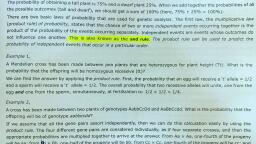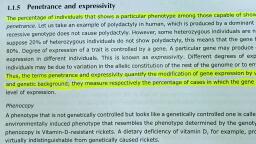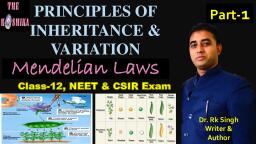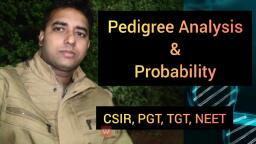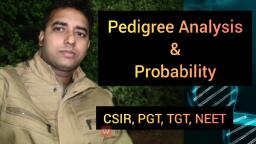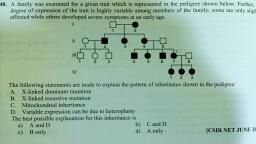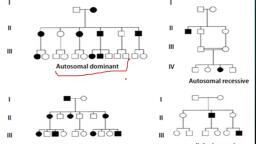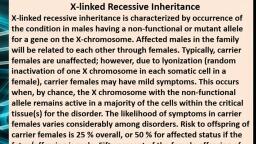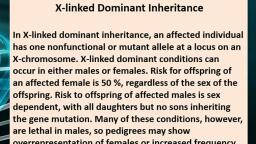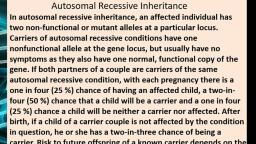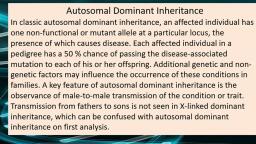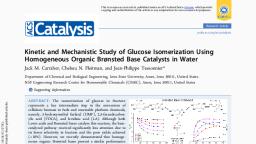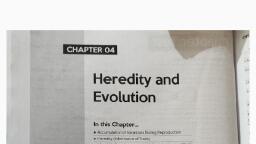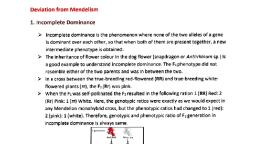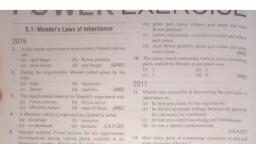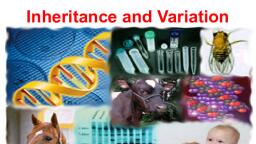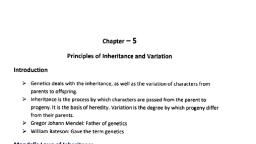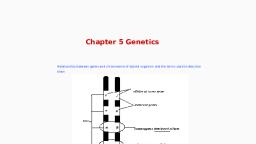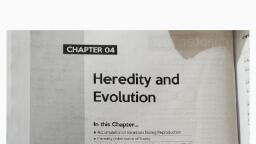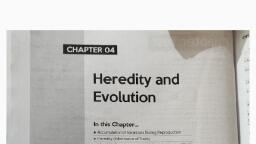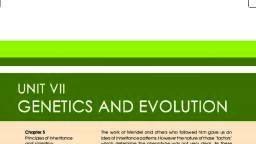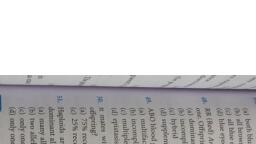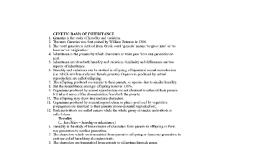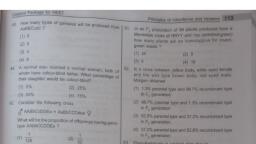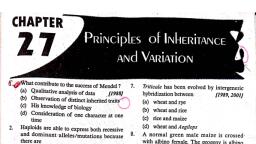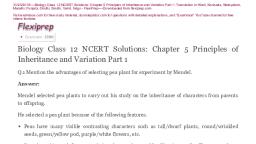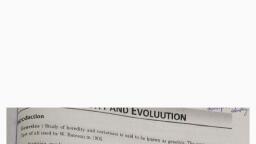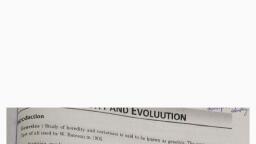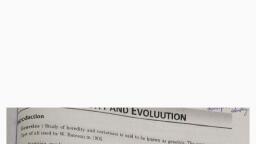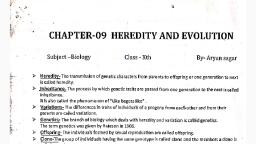Page 1 :
PRINCIPLES OF, INHERITANCE &, VARIATION, , Part-1, , Mendelian Laws, , Class-12, NEET & CSIR Exam, , Dr. Rk Singh, Writer &, Author
Page 2 :
Genetics - It is the science that deals with, the inheritance, as well as the variation of, characters from parents to offspring., Inheritance is the process by which, characters are passed on from parent to, progeny; it is the basis of heredity., Variation is the degree by which progeny, differ from their parents.
Page 3 :
Gregor Johann Mendel (Řehoř Jan, Mendel; 20 July 1822– 6 January 1884), Mendel was born into a German-speaking Czech family in Hyncice (Heinzendorf bei, Odrau in German), at the Moravian-Silesian border, Austrian Empire (now a part of, the Czech Republic)., He was the son of Anton and Rosine (Schwirtlich) Mendel and had one older sister,, Veronika, and one younger, Theresia. They lived and worked on a farm which had been, owned by the Mendel family (the house where Mendel was born is now a museum, devoted to Mendel). During his childhood, Mendel worked as a gardener and, studied beekeeping. From 1840 to 1843, he studied practical and theoretical philosophy, and physics at the Philosophical Institute of the University of Olomouc, taking another, year off because of illness. He also struggled financially to pay for his studies, and, Theresia gave him her dowry. Later he helped support her three sons, two of whom, became doctors., He became a monk in part because it enabled him to obtain an education without, having to pay for it himself. Born Johann Mendel, he was given the, name Gregor (Řehoř in Czech) when he joined the Order of Saint Augustine.
Page 4 :
Mendel, known as the "father of modern genetics", chose to study, variation in plants in his monastery's 2 hectares (4.9 acres), experimental garden., Mendel presented his paper, "Versuche über Pflanzenhybriden", (“Experiments on Plant Hybridization"), at two meetings of the, Natural History Society of Brno in Moravia on 8 February and, 8 March 1865. It generated a few favorable reports in local, newspapers, but was ignored by the scientific community. When, Mendel's paper was published in 1866 in Verhandlungen des, naturforschenden Vereines in Brünn, it was seen as essentially, about hybridization rather than inheritance, had little impact,, and was only cited about three times over the next thirty-five, years. His paper was criticized at the time, but is now considered, a seminal work
Page 5 :
Mendel selected 14 true-breeding pea plant varieties, as pairs which, were similar except for one character with contrasting traits.
Page 6 :
Allele: An allele is a variant form of a given, gene. Sometimes, the presence of different, alleles of the same gene can result in, different observable phenotypic traits, such, as different pigmentation. A notable example, of this trait of color variation is Gregor, Mendel's discovery that the white and, purple flower colors in pea plants were the, result of "pure line" traits which could be, used as a control for future experiments.
Page 7 :
Monohybrid Cross: A cross between two parents possessing a pair of, contrasting characters is known as monohybrid cross. To carry out such a, cross, each parent is chosen to behomozygous or true breeding for a given, traits (locus). When a cross satisfies the conditions for a monohybrid, cross, it is usually detected by a characteristic distribution of secondgeneration (F2) offspring that is sometimes called the monohybrid ratio., Dihybrid Cross: When simultaneously two different alleles are crossed,, then it is known as dihybrid cross. According to Mendel's statement,, between the alleles of both these loci there is a relationship of complete, dominance - recessive. In the example pictured to the right, RRYY/rryy, parents result in F1 offspring that are heterozygous for both R and Y, (RrYy)., In the name "Dihybrid cross", the "di" indicates that there are two traits, involved (e.g. R and Y), the "hybrid" means that each trait has two, different alleles (e.g. R and r, or Y and y), and "cross" means that there, are two individuals (usually a mother and father) who are combining or, "crossing" their genetic information.
Page 8 :
Test Cross: It is first introduced by Gregor, Mendel, involves the breeding of an individual, with a phenotypically recessive individual, in, order to determine the zygosity of the former, by analyzing proportions of offspring, phenotypes., Zygosity, can, either, be, heterozygous or homozygous., Back Cross: When cross is made between F1, progeny and any of the parent (either, recessive or dominant), then it is known as, back cross.
Page 9 :
LAW OF DOMINANCE, Mendel's law of dominance states that in a heterozygote, one, trait will conceal the presence of another trait for the same, characteristic. Rather than both alleles contributing to a, phenotype, the dominant allele will be expressed exclusively.
Page 11 :
Law of Segregation (Purity of Gametes):, Mendel hypothesized that allele pairs separate, randomly, or segregate, from each other during the, production of gametes: egg and sperm. Because allele, pairs separate during gamete production, a sperm or, egg carries only one allele for each inherited trait., When sperm and egg unite at fertilization, each, contributes its allele, restoring the paired condition in, the offspring. This is called the Law of Segregation., Here in this cross F2 generation have a phenotypic, ratio of 3 (Tall): 1 (Dwarf), and a genotypic ratio of, 1(TT): 2(Tt): 1(tt).
Page 12 :
Law of Independent Assortment, The law states that ‘when two pairs of, traits are combined in a hybrid,, segregation of one pair of characters is, independent of the other pair of, characters’.
Page 14 :
Question- Why Mendel’s work was not, accepted by the biologist of his time?, Answer- Since Mendel’s approach of using, mathematics, to, explain, biological, phenomena, was, totally, new, and, unacceptable to many of the biologists of his, time. Finally, though Mendel’s work, suggested that factors (genes) were discrete, units, he could not provide any physical, proof for the existence of factors.
Page 15 :
Thanks Everyone

